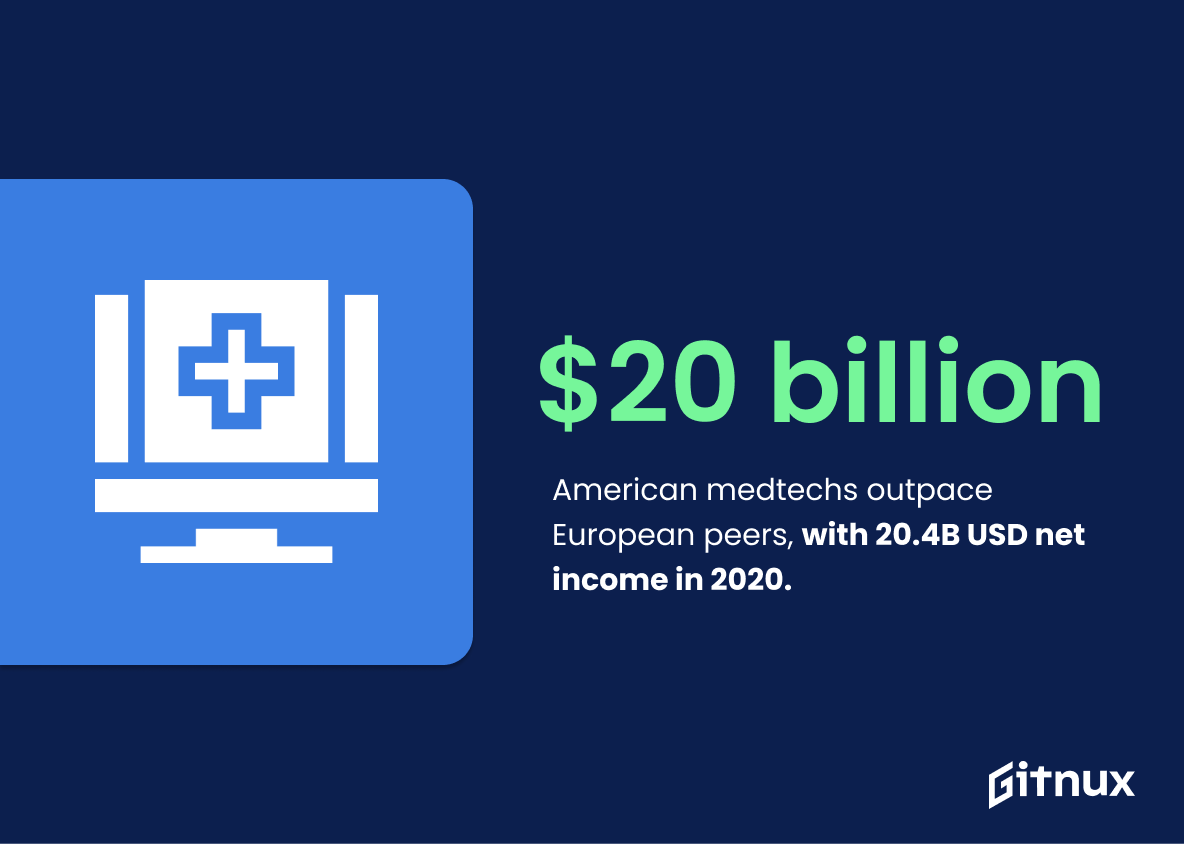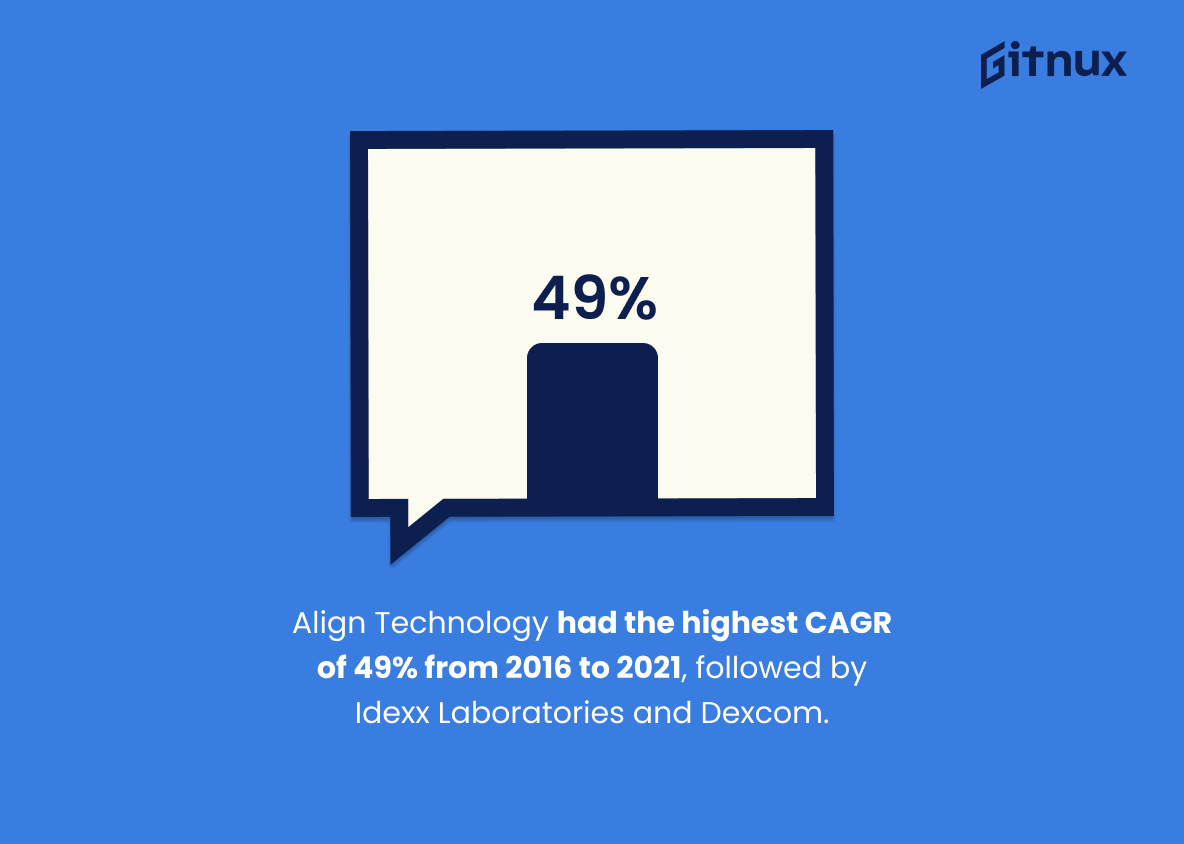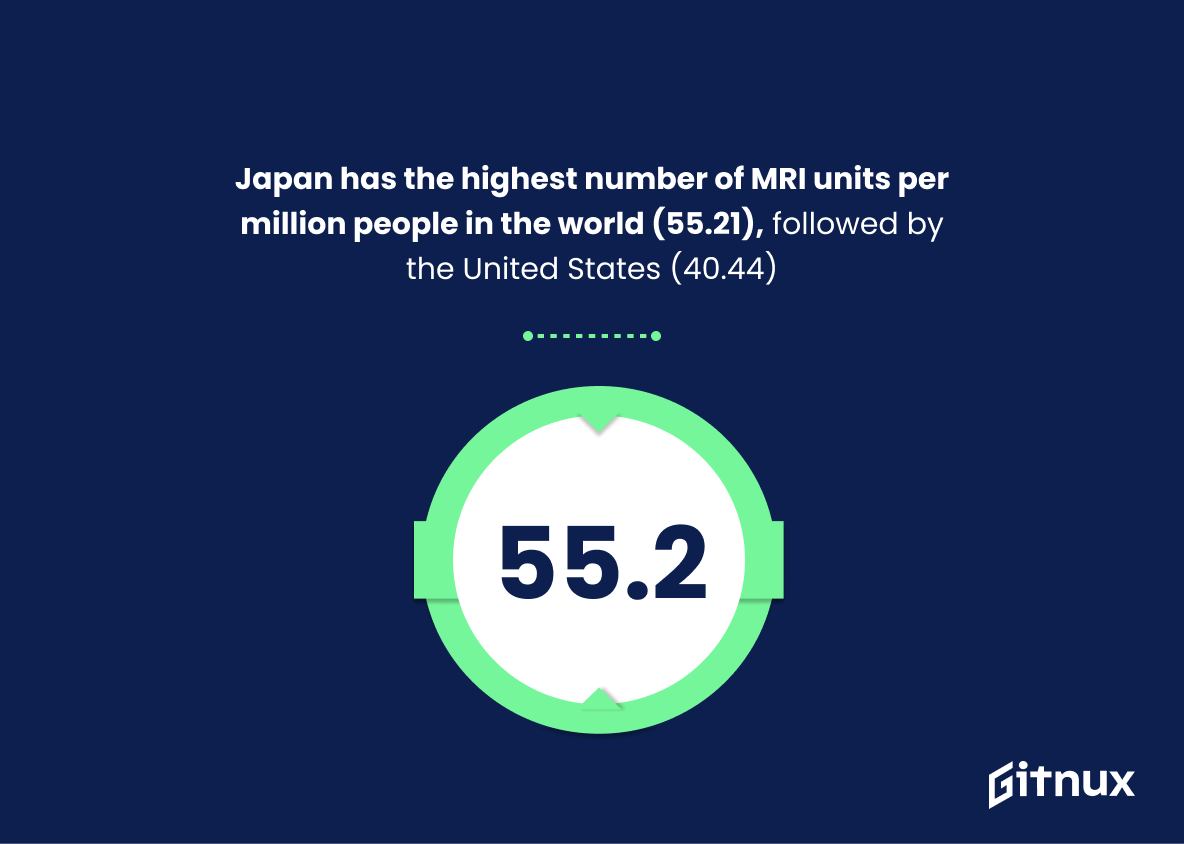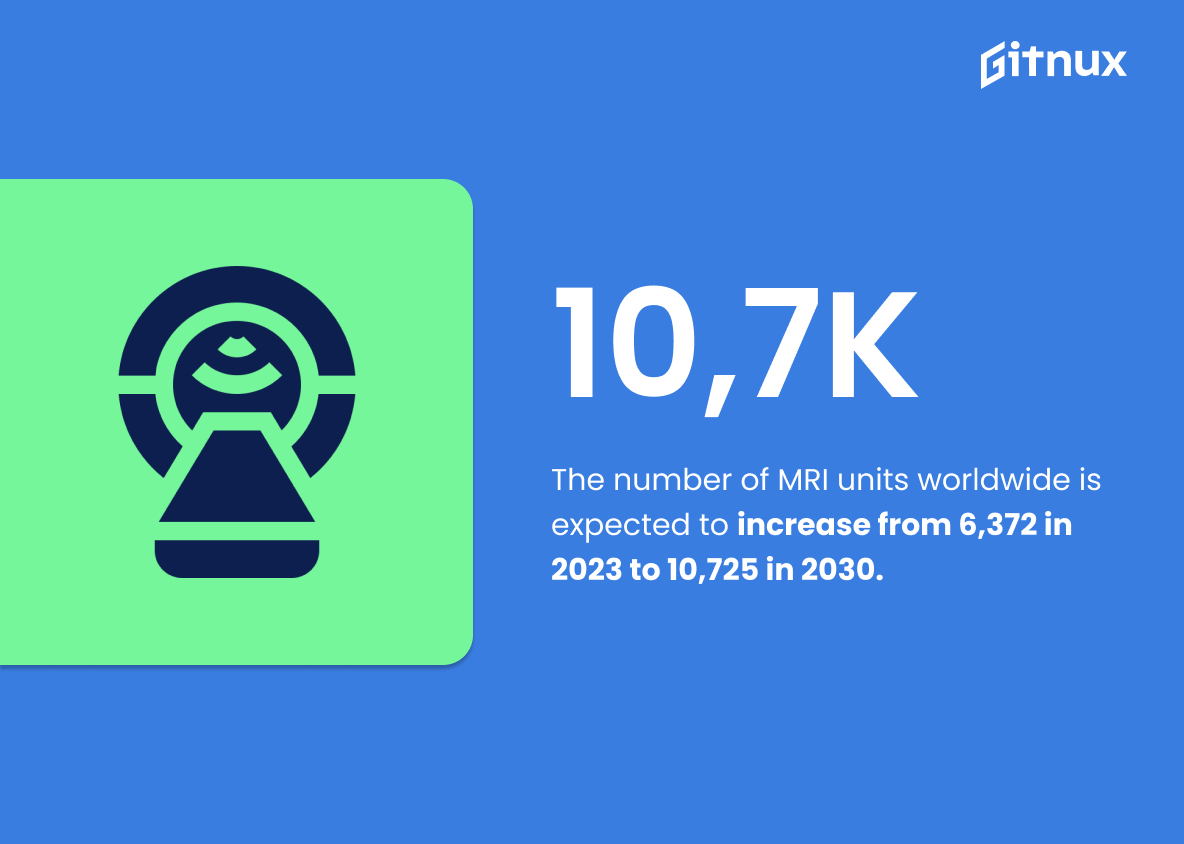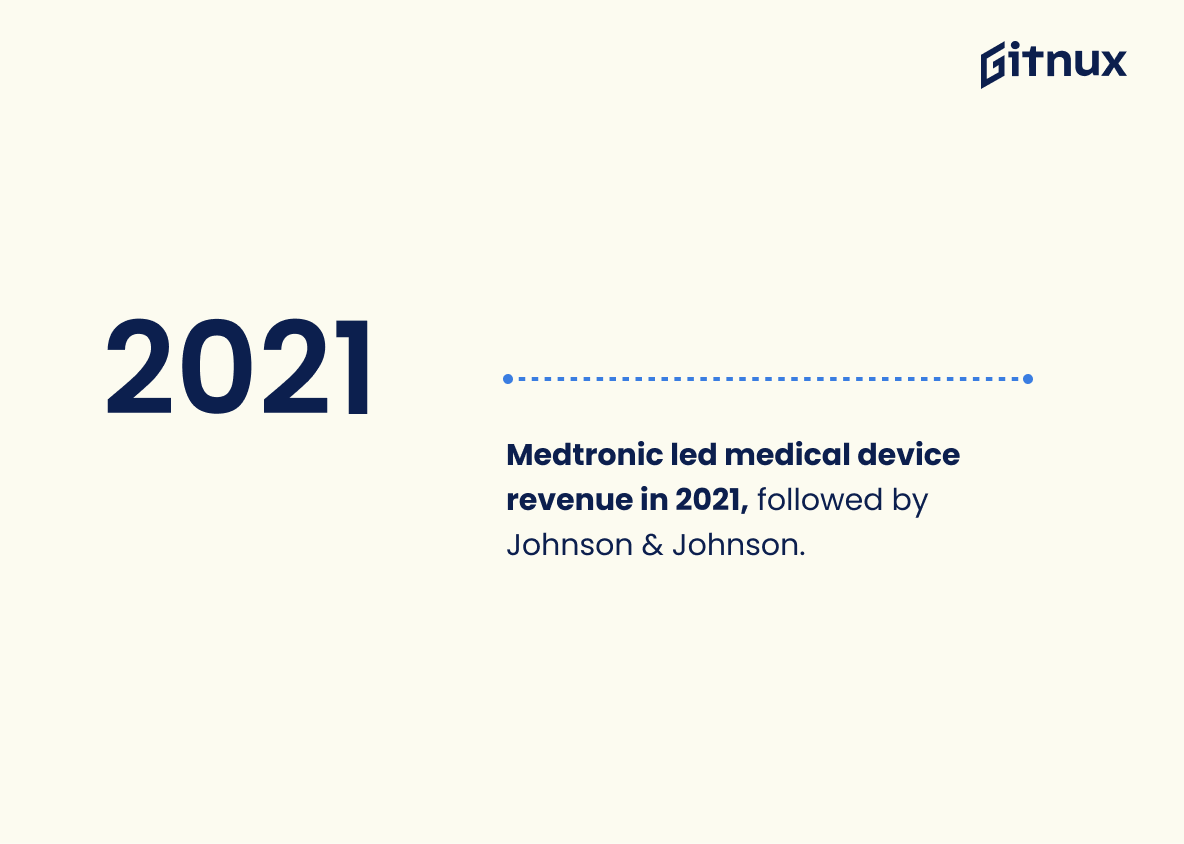The medical device industry is a rapidly growing sector of the healthcare industry, with new products and technologies being developed every day. As a result, it is important to stay up-to-date on the latest industry statistics. In this blog post, we will explore the current state of the medical device industry, including market size, growth trends, and key players.
We will also discuss the impact of new regulations and trends on the industry, and how these changes are likely to shape the future of the medical device industry. Finally, we will provide some insight into the opportunities and challenges that lie ahead for medical device companies.
Medical Device Industry: The Most Important Statistics
Medtronic Inc. had the highest revenue of 30.11 billion USD in 2021, followed by Johnson & Johnson Medical Devices & Diagnosis with 27.1 billion USD.
Japan has the highest number of MRI units per million people in the world (55.21), followed by the United States (40.44).
Medical Device Industry Statistics Overview
American medical technology companies have had a greater net income than European companies from 2009 to 2020, with a combined net income of 20.4 billion USD in 2020.
This illustrates the strength of the American medical device industry and its potential for growth, which can be beneficial to the medical device industry as a whole.
Align Technology had the highest CAGR of 49% from 2016 to 2021, followed by Idexx Laboratories and Dexcom.
North America had the highest revenue from medical devices, increasing from 115 billion USD in 2010 to 172 billion USD in 2018.
This also highlights the potential for growth in other regions, such as Central and Eastern Europe, which had the least revenue but still saw an increase from 7 billion USD in 2010 to 9 billion USD in 2018.
Medtronic Inc. had the highest revenue of 30.11 billion USD in 2021, followed by Johnson & Johnson Medical Devices & Diagnosis with 27.1 billion USD.
The number of biotechnology patents in the UK increased from 518 in 2005 to 594 in 2019.
This growth indicates that the UK is investing in biotechnology research and development, which can lead to new and improved medical devices that can help improve patient care.
The number of biotechnology patents in Norway decreased from 2011 to 2019, with a marked increase in 2014.
The United States has 41 MRI units per million people, according to OECD data in 2020.
It shows the availability of medical technology in the US, which is an important factor in determining the quality of healthcare services.
Germany recorded the highest number of MRI examinations in 2019, with 149.2 exams per 1,000 people.
Thus, there is a demand for MRI machines in Germany. This also shows the effectiveness of MRI machines.
Japan has the highest number of MRI units per million people in the world (55.21), followed by the United States (40.44). The number of MRI units worldwide is expected to increase from 6,372 in 2023 to 10,725 in 2030.
This is important to the medical device industry as it provides insight into the demand for MRI units and the potential growth of the industry. This data can be used to inform decisions about investments, production, and marketing strategies. Additionally, it can be utilized to assess the potential of new technologies and the potential for new markets.
Conclusion
The medical device industry is a rapidly growing sector of the healthcare industry, and it is expected to continue to grow in the coming years. The industry is expected to reach $541 billion in global revenue by 2025.
This growth is driven by advances in technology, an aging population, and an increasing demand for medical devices. With the right strategies and investments, medical device companies can capitalize on this growth and position themselves for success.
References
1 – https://www.statista.com/statistics/276294/net-income-of-american-and-european-medical-technology-companies/
2 – https://www.statista.com/statistics/755783/market-cap-cagr-of-medtech-companies-in-us/
3 – https://www.statista.com/statistics/1099273/medical-device-global-revenue-by-region/
4 – https://www.statista.com/statistics/257473/revenue-of-global-top-medical-technology-companies-2015/
5 – https://www.statista.com/statistics/461704/number-patents-in-biotechnology-sector-united-kingdom-uk/
6 – https://www.statista.com/statistics/460551/number-patents-in-biotechnology-sector-norway/
7 – https://financesonline.com/medical-technology-statistics/
8 – https://www.statista.com/statistics/282401/density-of-magnetic-resonance-imaging-units-by-country/
9 – https://www.statista.com/statistics/1360481/global-mri-market-volume-forecast/
